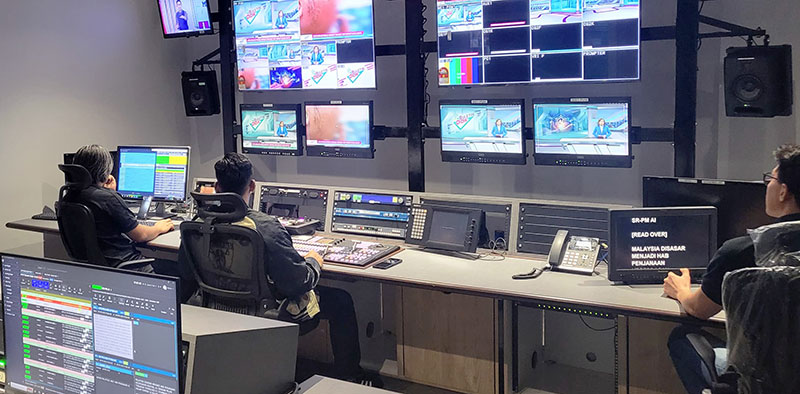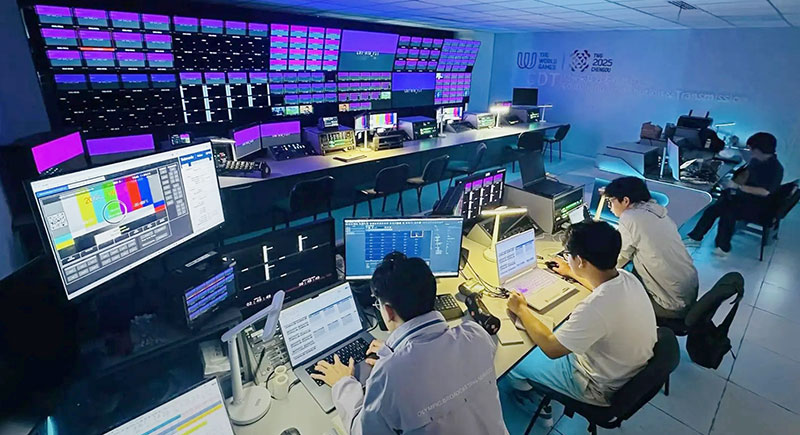Aviator Automation serves as a converged control system for multisite channel playout, master control and live integration – regardless of where the operational resources are located.

Imagine Communications’ Aviator Automation system supports channel origination at multiple sites, for many types of delivery in multiple formats – controlled from a single combined on-premises and cloud ecosystem. Aviator Automation serves as a common control system for playout, master control and live integration – regardless of where the resources to operate those channels are located. Organisations can coordinate their operations uniformly across linear and connected TV (CTV) channels.
Using Aviator Automation, media companies can mix on-premises and cloud-hosted channels in a way that best suits their business, while using a common control system for greater consistency and fewer interruptions to on-air operations. This kind of continuity – common workflows for on-prem and cloud playout – lowers the risks to operations via a tools that work for all channel types no matter where they are deployed. This includes channels supported by playout engines that may be in different buildings, different cities, or split between on-prem and the public cloud.
“Whether media companies are looking to grow channel count, consolidate facilities, or merge broadcast and digital workflows, Aviator Automation is useful for its ability to help achieve economies of scale and save on operating costs, while users adapt to the changing needs of channel origination,” said Brendon Mills, general manager, playout and networking, at Imagine. “We believe this kind of converged approach results in the lowest total cost of ownership, as well as the most flexible path to implementation of multisite and multimodal operations.”
Aviator Automation integrates with Imagine’s Nexio media servers, Versio integrated software playout and Magellan routing control, with support for Imagine’s Platinum routers. Third-party support includes SDI and IP routing infrastructure for SMPTE ST 2110 and MPEG-2 transport stream systems on-prem and in the cloud.
Other third-party integrations are with Amagi CLOUDPORT (cloud management and broadcast/OTT playout) and Singular.Live graphics. These integration points work for scheduled playout, live event integration and master control operations. They can be used to support diverse, specific workflows driven by existing traffic systems and the demands of complex advertising models.
Based on Aviator Orchestrator, Aviator Automation can be used to set up multi-site workflows that support sophisticated channel redundancy and disaster recovery, and keep content, playlists, metadata and status in sync across many sites. This ensures all channel engines have the right content at all times for true multisite redundancy.
Supporting a range of redundancy strategies as well, Aviator Automation will also efficiently implement changes as operational requirements evolve over time. Users can choose common N+1, N+M and 1+1 approaches, to configurations that support one main channel and as many as four backups. From there, the redundancy groupings can be changed throughout the broadcast day as needs demand. As well as enabling redundancy for 24/7 channels, temporary backup channels can be spun up and down to cover during planned maintenance or for coverage of high-value special events.
Brendon said, “Aviator Automation enables more to be done by the same number of people, and allows channel ramp up and tear down to be done more quickly. Most important, it enables media companies to reach more viewers on more platforms to generate more revenue.” imaginecommunications.com
For information about Imagine Communications’ presence at the 2024 NAB Show, please visit the site here.




















